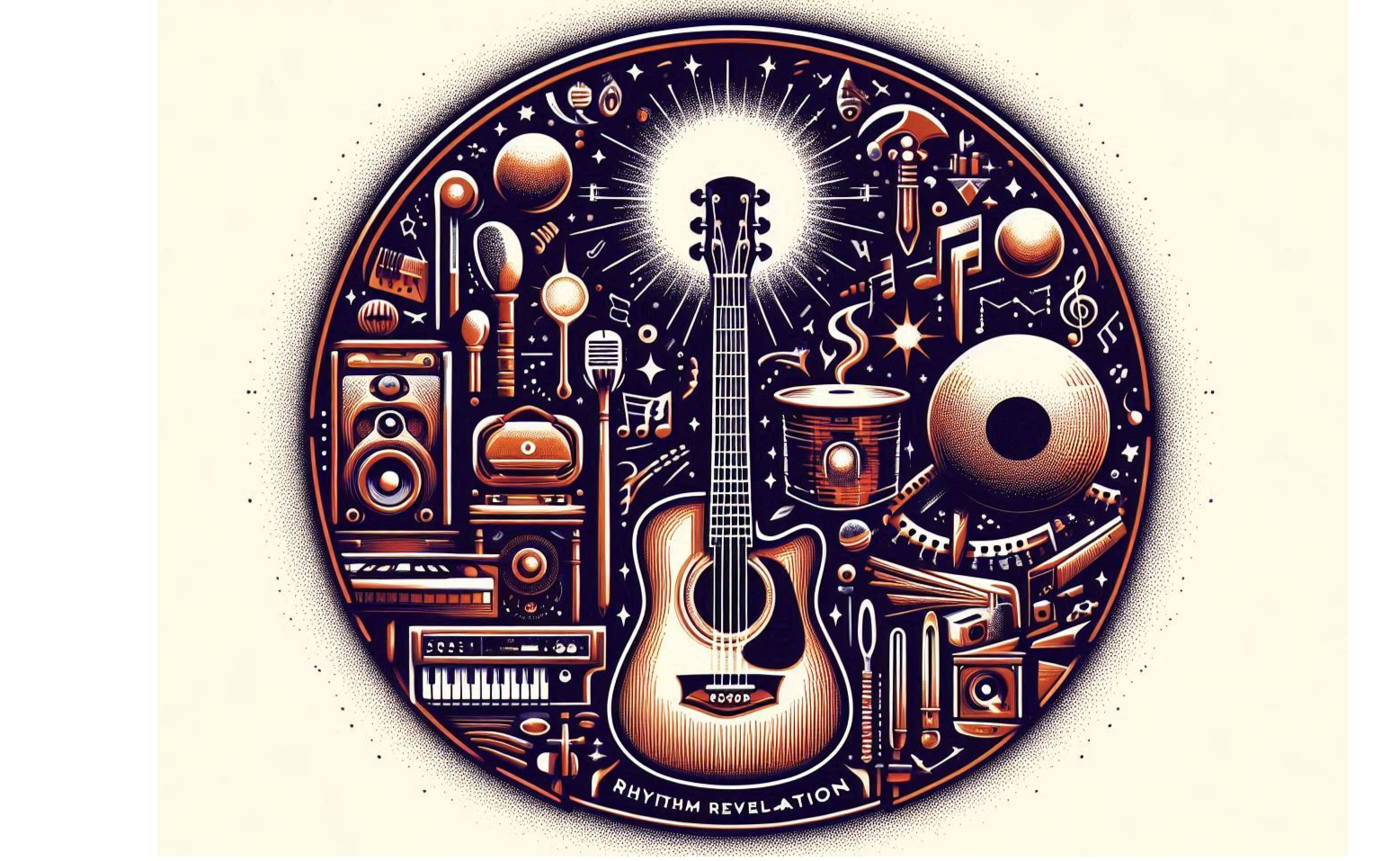Music theory sometimes feels like cracking a complex code, but it’s all about understanding the sounds we love. Music theory offers a framework to understand the structure beneath all the beautiful chaos. At its core, music theory is the study of how music works—like learning a new language, complete with its grammar and vocabulary.
Once you’ve got the basic concepts down, melody, harmony, and rhythm are like the trifecta of music. Melody is what you’ll hum all day. Harmony adds depth around it, and rhythm? That’s the heartbeat. Getting a handle on these three elements provides a solid foundation to explore further.
Key signatures might seem daunting initially, yet they give music its identity. They’re like the GPS coordinates of a piece, guiding you with sharps and flats through unfamiliar territories of your favorite songs.
Musical notation might look like a medieval script, but it’s your map. Learning to read scores is like reading a novel where every note tells a part of the story. The more you see, the clearer the music world becomes.
Scales are like color palettes for music. Major scales are bright and happy, while minor scales carry a more somber tone. These are fundamental in creating diverse emotional landscapes in your music journey. Trust me, once you’re familiar with these basics, you’ll unlock endless creative possibilities.
Building Your Musical Palette: Diving Into Chords and Progressions
Chords are like the spices in your musical pantry, giving flavor to your melodies. Understanding chord structures—how notes stack up to make these harmonic sounds—is essential for crafting any song. Knowing about major, minor, diminished, or augmented chords means you’re ready to jam in any musical setting.
Chord progressions are the heartbeats of songs, setting the emotional tone and guiding the musical story. They’re those sequences of chords that loop in your favorite hit, establishing mood and feel. Learning progressions can transform your playing, helping you create music that resonates with listeners.
The circle of fifths is your compositional map—a clever tool for musicians to visualize relationships between different keys. This little diagram helps you craft music that flows naturally, allowing seamless key changes and more cohesive compositions.
Transitioning from simple triads to more complex chords opens up new worlds of sound. Adding sevenths, ninths, or suspensions brings intricate textures, making your music richer and more expressive. Diving into these nuances can elevate your playing style, giving your music a unique voice.
Dissonance might feel like conflict in music, but it’s that very tension that often makes it compelling. Pair it with consonance, those pleasing sounds where everything feels just right, to create dynamic and engaging pieces. Understanding the balance between these two elements can be a game-changer in how you think about and write music.
Putting Theory Into Practice: Enhancing Musicianship Through Knowledge
Music theory is more than just notes on a page. It’s about bringing life to your instrument, whether you’re shredding on a guitar or gliding over a piano. Theory guides your technique, contributing to your expressiveness and overall performance quality.
There’s a reason why some pieces stick with you long after they end. Breaking down famous compositions can reveal the genius behind their harmonious blend of notes and rhythm, showing the beauty of music theory at play. Getting inspired by these masterpieces can help you understand how to push your compositions.
Modern music production leans heavily on music theory. Whether you’re crafting beats or producing an album, theory helps in structuring your ideas and creating those catchy hooks. Understanding scales and progressions within digital audio software can unlock new creative avenues.
For aspiring songwriters, theory isn’t just a tool—it’s an ally. It helps you structure lyrics and melodies in a way that feels natural and polished. Start experimenting with different chord progressions or rhythmic patterns. Let theory guide but not confine your creativity.
Continuous learning is the key to keeping your skills sharp. Dive into books about theory, enroll in online courses, or download apps that make theory fun and engaging. These resources keep the passion alive, ensuring you’re always growing as a musician.

This post does an amazing job of breaking down music theory into simple, relatable concepts! I love how it compares melody, harmony, and rhythm to a trifecta, making it easy to understand their importance. The section on chords and progressions really resonated with me—it’s so true that they set the emotional tone of a song. The way it highlights the balance between dissonance and consonance as a creative tool is super insightful. Overall, this is a fantastic guide for anyone looking to dive deeper into the world of music! -Maksim V 🙂
Hello Rick,
I like the way you explain music theory. I have always wanted to learn music but I find I don’t have the talent. It is so hard for me. Reading your post made me understand a lot more the theory behind it. I find it so cute the way you explained the chords. Using spices for reference and flavour is what did it for me. Who knows, I might give it another try.
Thanks for this great post.
Carl